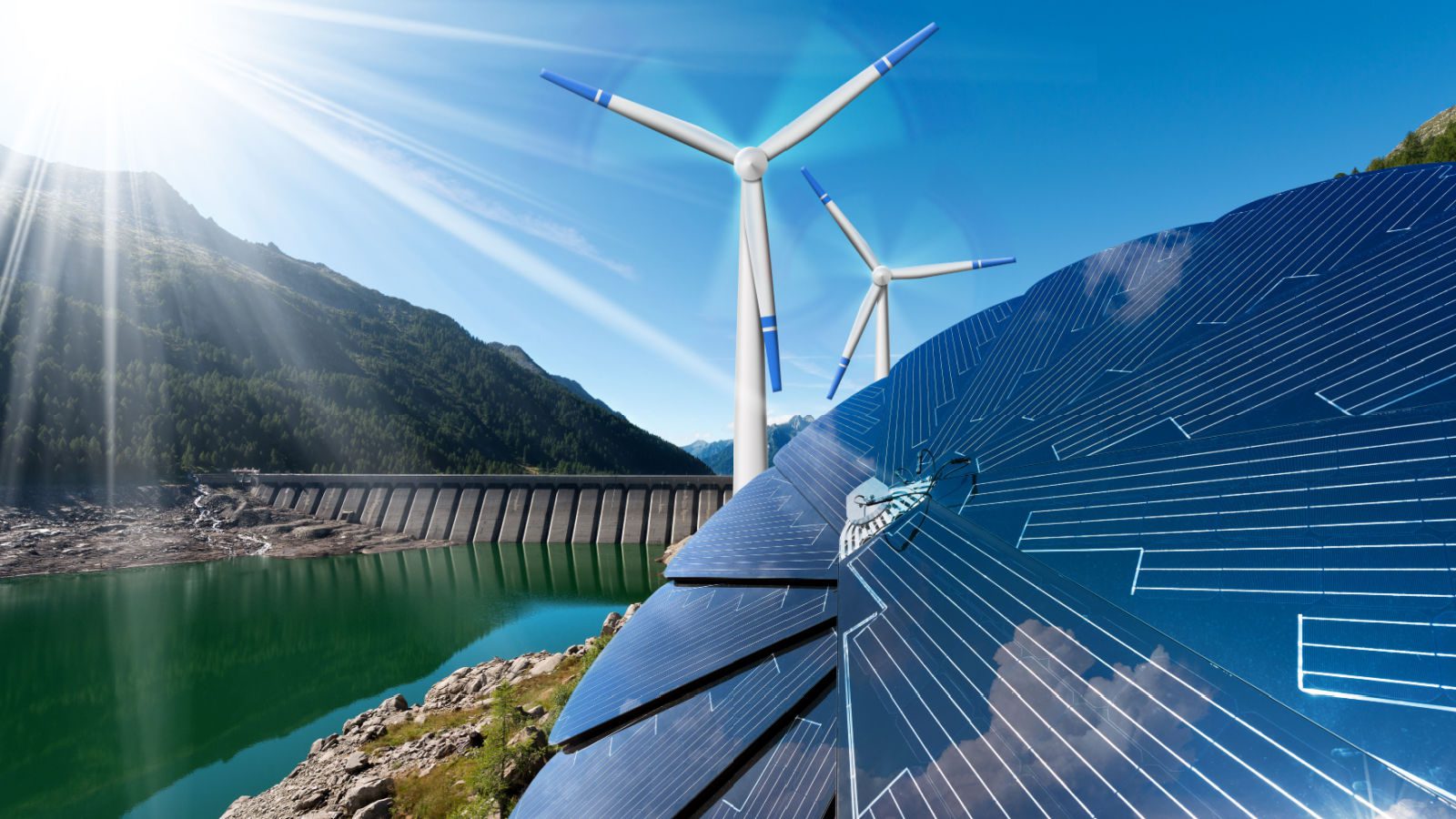Could NPEs Stifle Innovation in Sustainable Energy?

Could NPEs stifle innovation? Patents owned by sustainable energy organizations may be at risk from Non-Practicing Entities.
Many companies are moving away from using fossil fuels to reduce the environmental impact of their business.
This has led to an explosion of research into alternative energy sources, with a large increase in the number of patents being filed in each of the last 20 years.
However, there could be a risk to organizations patenting in this area from non-practicing entities (NPEs), which could stifle innovation and development of sustainable energy technologies.
To analyze the potential risk from NPEs in this area, we used Cipher’s Universal Technology Taxonomy (UTT) which classifies every patent available into one of over 120 technology classes.
This contains six classes relevant to sustainable and alternative energy:
- Batteries
- Photovoltaics
- Nuclear
- Hydroelectric
- Fuel Cells
- Wind Turbines.
While this doesn’t include an analysis of sustainable technology areas such as biofuels, it still provides a snapshot of NPE interest in sustainable energy technologies.
Key findings from our report
- NPEs have the highest number of patents in the sustainable energy fields of Nuclear, Batteries, and Photovoltaics.
- The total number of active families owned by NPEs has generally decreased over the last 20 years, suggesting difficulty monetizing these portfolios.
- There has recently been a spree of litigations by NPEs against small companies in the sustainable energy industry, which could stifle innovation and slow the energy transition.






